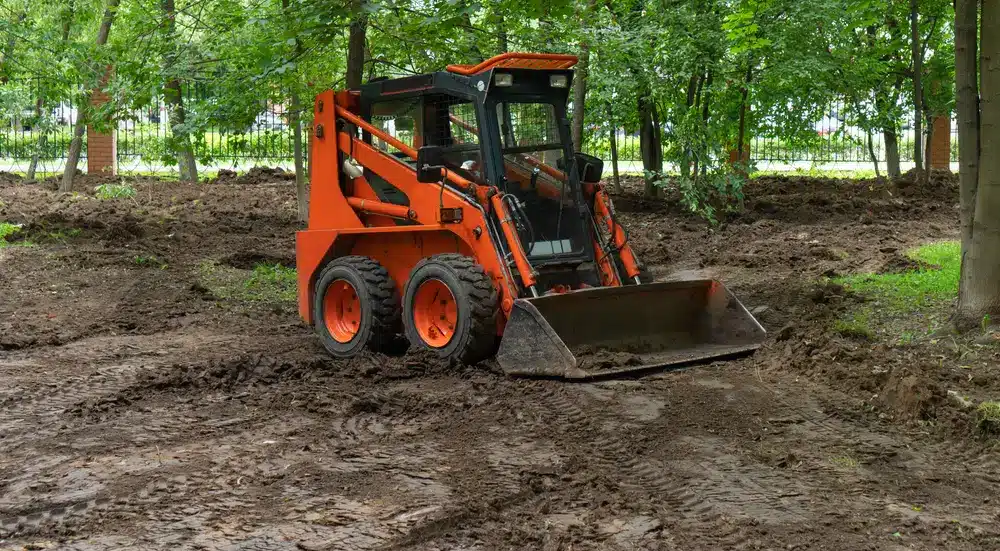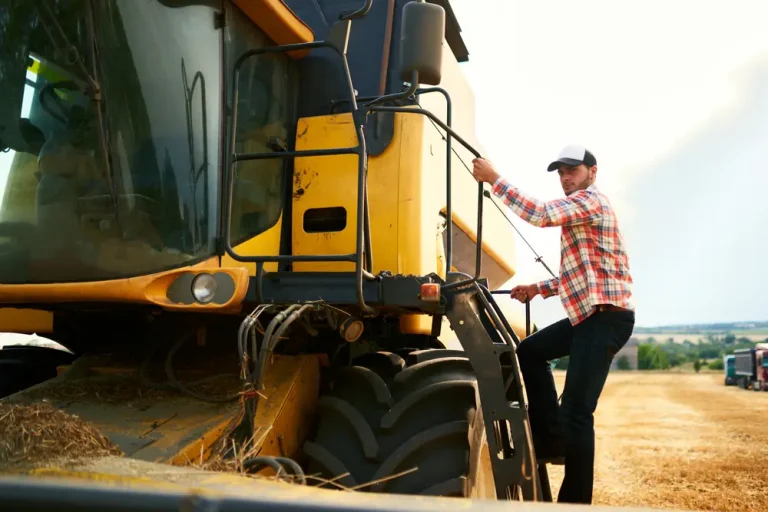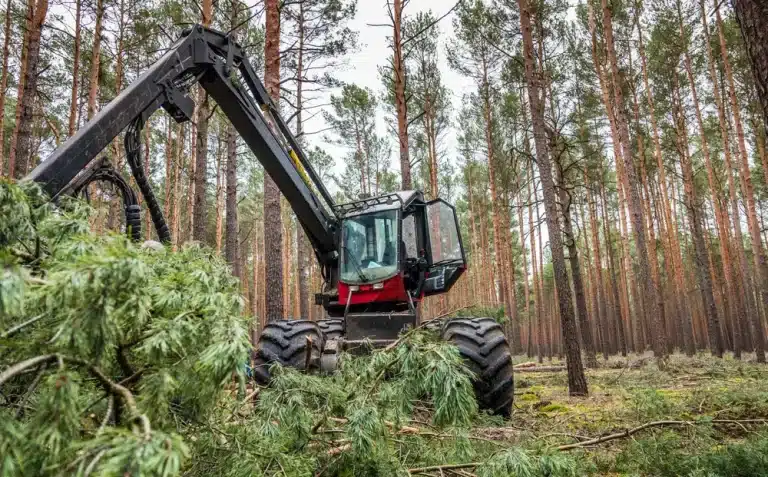Operators working with skid steer mulchers need more than just a capable machine, they need strategic planning, proper setup, and adaptive techniques.
Skipping proper preparation leads to higher fuel use, accelerated blade wear, and costly downtime that can derail project timelines.
From equipment inspections to refined operating methods and responsible maintenance, this page outlines the essential steps to get the best performance from your mulcher.
Whether you’re clearing land for agriculture, managing wildfire risks, or handling post-disaster cleanup, understanding how to fine-tune your skid steer mulching process ensures safer, faster, and more sustainable results.
Preparing skid steer machines for mulching tasks
Efficient mulching begins long before the blades touch the ground.
Preparing your skid steer machine and attachments correctly prevents technical failures and guarantees smoother operation across all terrain. This phase includes inspection, attachment selection, and machine adjustments that align with vegetation and soil conditions.
By dedicating time to this setup, you minimize downtime and boost your project’s productivity from the start.
Explore detailed insights into how each component functions here: understanding mulcher attachments for spider excavator.
Machine inspection and setup
Performing a methodical pre-check keeps your skid steer mulcher running safely and efficiently.
Begin by examining hydraulic hoses for leaks or cracks, ensuring no pressure drops during operation. Inspect the tires and adjust their pressure to maintain balance on bumpy or loose terrain.
You should also test the engine’s response and ensure safety systems, like emergency stops and alarms, are fully operational.
These simple actions build a strong mechanical foundation, preventing unexpected malfunctions mid-job.
Before each operation, make sure to:
- Inspect hydraulic hoses for cracks or leaks
- Check tire condition and adjust pressure
- Test engine responsiveness under load
- Verify safety systems like alarms and cutoffs
Selecting compatible mulcher attachments
Choosing the right attachment for your skid steer involves more than just fitting the coupler.
- Drum mulchers, with their high-speed cutting action, perform well in moderate brush
- Flail mulchers are ideal for denser or fibrous vegetation.
Always match the attachment’s hydraulic demand with your skid steer’s capabilities to avoid overloading the system.
Pay attention to cutting width too, a broader head clears more ground but requires more maneuvering space.
Balanced attachment selection not only enhances mulching quality but also extends your equipment’s service life.
Adjusting skid steer settings for terrain and vegetation
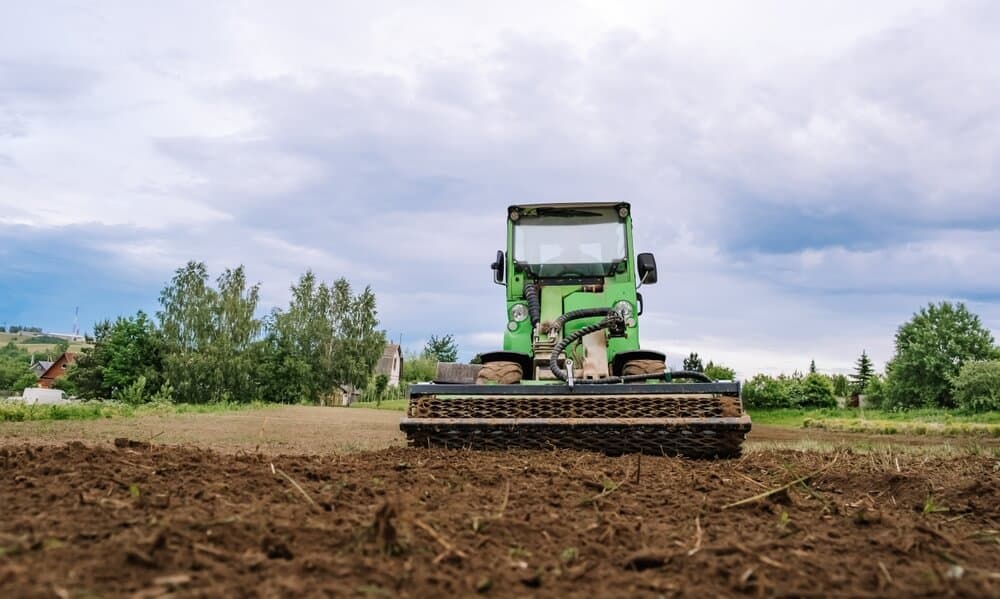
Every project site presents its own challenges:
- On soft soil, lowering speed and reducing hydraulic flow helps protect components from strain.
- When working in dense brush, increasing pressure and moving slowly improves cutting effectiveness.
Operators should also fine-tune boom angles for better contact and to reduce fatigue during long hours.
These incremental adjustments, based on real-time conditions, make a visible difference in cutting efficiency and wear prevention.
Operating techniques to improve mulching efficiency
Once your equipment is ready, operational techniques play the biggest role in performance.
How you manage speed, blade engagement, and mulching direction determines the clarity of the cut, fuel efficiency, and overall machine health.
Strategic handling ensures vegetation is fully processed with minimal effort, which is particularly crucial for long shifts or large-scale projects.
Controlling speed and feed rate
Skid steer mulchers need to move at just the right pace.
- Too fast, and you’ll miss large clumps of brush.
- Too slow, and you burn unnecessary fuel while increasing operator fatigue.
A consistent, moderate speed allows blades to process material cleanly, especially when navigating patches with mixed vegetation.
Slowing down in denser spots while maintaining steady forward motion helps avoid hydraulic overloads and blade overheating.
Key tips to optimize your operating speed:
- Start at a moderate pace and adjust based on resistance
- Slow down in dense brush for thorough processing
- Avoid sudden stops that put pressure on the drivetrain
- Maintain momentum to reduce mechanical stress
Managing blade depth and cutting patterns
The cutting depth should be shallow enough to avoid ground contact, but deep enough to prevent regrowth.
Over time, sticking to the same cutting pattern can wear blades unevenly and miss hard-to-reach areas.
By alternating angles and overlapping passes, operators achieve cleaner results while extending blade life.
This technique also reduces operator fatigue and helps with navigation in more confined project areas.
Adapting to different types of vegetation
Each vegetation type reacts differently to mulching.
- Hardwood shrubs might require slower speeds and greater power, whereas soft grass can be cleared with faster, lighter movements.
- Dense or sap-rich plants will dull blades quicker, demanding more frequent sharpening.
Tailoring your approach to the vegetation type not only increases productivity but also aligns with sustainable land management practices that avoid damaging the soil or local ecosystems.
Maintenance practices for long-term skid steer mulcher performance
Routine care is non-negotiable if you want lasting results from your skid steer mulcher. Dirt, debris, and worn parts can quietly undermine performance until a breakdown occurs. Maintenance includes not only cleaning and lubrication but also proactive inspections and smart scheduling for part replacements. These tasks keep your equipment in top condition without disrupting workflows.
Routine cleaning and lubrication
After each job, clean the mulcher thoroughly to remove plant matter, sap, and dirt from blades, bearings, and cooling systems. Failing to do so causes rust and adds weight to rotating parts, increasing wear. Lubrication is just as vital, bearings and joints that operate under intense pressure need constant protection to stay functional.
“Efficiency is doing things right. Effectiveness is doing the right things.”
—Peter Drucker
Monitoring wear and replacing parts
Stay ahead of breakdowns by tracking the condition of critical parts.
Dull blades don’t just reduce output, they also require more energy and wear down hydraulic systems.
Belts, hoses, and bearings should be inspected routinely and replaced at the first sign of wear. Keep a maintenance log to anticipate future costs and schedule replacements during downtime.
When inspecting for wear, focus on:
- Blade sharpness and symmetry
- Hydraulic hose integrity
- Belt tightness and tension
- Vibration or noise signals during operation
Troubleshooting common operational issues
Recognizing early signs of mechanical issues protects both your machine and the operator. If you notice overheating, reduced hydraulic performance, or unusual sounds, stop and assess the situation. Addressing problems early prevents them from escalating and keeps your team on track. For specific concerns or to consult a technician, request a free quote.
Enhancing safety and environmental responsibility during mulching
Safety and environmental stewardship go hand in hand when operating heavy machinery. Training your team, choosing protective gear, and working with respect for surrounding ecosystems creates a safer, more sustainable operation. These practices are especially critical when mulching near wildlife zones or fire-prone regions.
operator training and protective gear
Only trained operators should handle skid steer mulchers.
Understanding the control systems, safety protocols, and equipment limits helps reduce risks.
Operators should wear:
- certified helmets,
- gloves,
- goggles,
- and hearing protection to avoid injury.
A culture of safety improves not only morale but also long-term operational success. See our safety tips when operating a mulcher in tough terrain for more detailed guidance.
Working in sensitive or fire-prone areas
Mulching during high-risk fire conditions or within protected ecological zones requires caution. Plan work schedules to avoid peak heat, and choose techniques that limit soil disruption. In fire-prone areas, carry fire suppression tools and monitor weather conditions. You can learn more about risk reduction strategies in how mulchers help reduce wildfire risks in dry zones.
For safe and responsible mulching:
- Avoid mulching during dry, windy conditions
- Use low-impact techniques to reduce ecological disruption
- Keep water or fire tools on site
- Follow local environmental protection guidelines
Choosing between skid steer mulchers and spider excavator mulchers
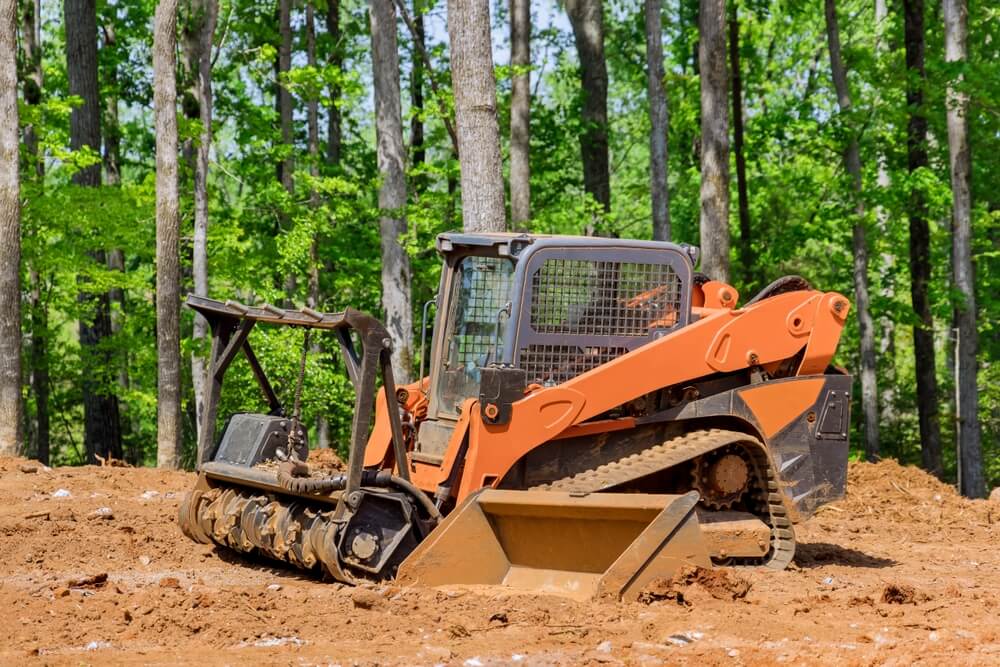
The success of any mulching operation often depends more on equipment selection than on terrain or vegetation alone.
While both skid steer mulchers and spider excavator mulchers are highly capable tools, they serve distinct purposes and are suited to very different working conditions.
Selecting the appropriate machine involves balancing maneuverability, cutting power, terrain compatibility, and project scale.
By understanding the strengths and limitations of each, operators can avoid unnecessary delays, reduce mechanical strain, and deliver consistent results across various use cases.
Equipment versatility and maneuverability
Versatility and agility are two of the most important characteristics when working in environments where space is restricted or access is limited.
Skid steer mulchers excel in compact or urban settings where obstacles such as fences, buildings, or narrow passages limit movement. Their compact size and sharp turning radius allow operators to make fine adjustments on the fly, ideal for clearing near infrastructure or landscaping zones. These machines are particularly effective in residential work, right-of-way maintenance, and small-scale commercial applications.
On the other hand, spider excavator mulchers are built for performance on uneven, unpredictable, and rugged terrain. Their adjustable legs and low center of gravity make them stable even on steep slopes or rocky ground. This allows them to tackle jobs that would otherwise be too dangerous or inefficient for smaller equipment.
When working in forests, mountainous regions, or post-disaster zones with complex topography, spiders offer the traction and reach needed to safely operate in difficult conditions.
For examples of terrain-specific applications, visit our use cases section.
“The best results come when the machine fits the job, not the other way around.”
Comparing power and cutting capacity
When clearing dense vegetation, performance differences between machine types become especially evident.
- Spider excavator mulchers are built with significantly more horsepower, delivering greater hydraulic force and larger cutting widths. This makes them ideal for land reclamation, disaster recovery, and forestry applications where thick brush, saplings, and even trees must be processed quickly. Their robust construction and enhanced cutting heads allow them to sustain longer working hours and tackle multiple acres in a single day.
- In contrast, skid steer mulchers offer more moderate cutting power, which is well-suited for lighter tasks such as pasture management, roadside clearing, or vegetation control along trails. Their reduced size and lower fuel consumption make them an economical and energy-efficient choice for recurring or maintenance-oriented projects. However, trying to use a skid steer on jobs beyond its power capacity leads to increased wear, overheating, and poor results.
Matching power output to vegetation density is essential for extending machine life and optimizing output.
You can learn how to care for cutting tools in our article on how to maintain your forestry mulcher for long-term performance.
Matching machines to project scale and terrain
No two jobs are exactly the same, which is why machine selection should begin with a detailed evaluation of the project’s scope, environment, and vegetation type.
For large properties with varied elevation, soft soil, or forested land, spider excavators offer greater reach, safety, and stability. Their ability to adapt to slopes and navigate over uneven ground means they can be deployed where traditional machines would stall or slip.
This versatility makes them a valuable asset in areas prone to erosion or requiring careful land management, such as those addressed in the role of mulchers in sustainable land management.
On the other hand, skid steer mulchers are best suited for smaller parcels of land, relatively flat terrain, and high-accessibility areas.
Their ease of transport, fast deployment, and compatibility with a wide variety of attachments make them ideal for contractors working multiple smaller sites throughout a region. Choosing the wrong machine for the job often results in downtime, excessive fuel use, or unsafe operation, all of which can quickly escalate costs.
Proper equipment planning not only improves efficiency but also ensures compliance with environmental and safety standards.
Optimizing your mulcher setup for real results
A properly tuned skid steer mulcher does more than clear vegetation, it cuts time, fuel use, and operating costs across the board. Here’s what optimized performance looks like in the field:
- Up to 30% faster clearing times when using the correct cutting pattern
- Noticeably lower wear on blades and hydraulic parts
- Fewer breakdowns through routine checks and pre-job adjustments
- Improved outcomes when tailored to specific vegetation types
Need help selecting the right machine or boosting mulcher efficiency? Contact us for tailored advice that keeps your project on time and under budget.
